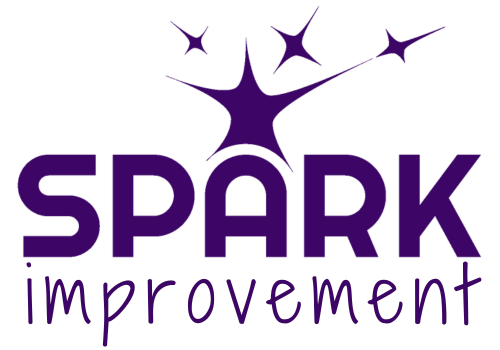A story about casual sexism (and how to make it worse)
On Sunday morning I noticed a post on LinkedIn.
It included a visual of a quote from an article, which included these words:
“…it’s highly recommended that you leverage its placement to either the CEO or one of his direct reports.”
HIS direct reports.
I had an immediate reaction to this. Why would the author assume that a CEO is male? Interesting. So I clicked through to read the article, hoping that I was reading this incorrectly.
I wasn’t. The author is not referring to a particular example or a particular CEO. The author is giving advice of where to place the ‘Lean Office’ in an organisation.
This was a wonderful example of casual sexism. A tiny little reference to an assumption based around gender. A tiny little thing which to some might seem trivial or irrelevant.
But when you are bombarded with tiny little things, tiny little insults, tiny little wounds, tiny little aggressions, EVERY SINGLE DAY then they can really start to get to you.
I left a comment, pointing out my disappointment, which was quickly met with a response from the author, who disagreed, said that I had taken it out of context and suggested I should be more ‘curious’ before making such statements.
You can read our full interaction on the image below.
After my last response, where I point out how patronising the authors response was, all comments were deleted from the post and comments were disabled. The discussion was hidden. The post itself, however, was left for all to see.
I went to the LinkedIn page of the magazine, where the original post had been reshared by the editor, and left the same comment about casual sexism on their post.
At this point I was angry and frustrated – particularly with the poor, patronising response, the non-apology, the gaslighting.
The next morning, I had a private message from the editor of the magazine. They felt the need to explain to me that the magazine is a magazine and does not have a gender (at no point did I say it did, or suggest I thought it did).
They also said that the magazine “does not support these types of discussions”. I found this very surprising – that a magazine centred around Lean, where the central principle is widely recognised as being ‘respect for people’, does not support someone raising their hand, in a professional and respectful way when they feel offended by something published in that magazine.
They also make the statement “You know [the author]. You know [they are] not sexist and it was not [their] intention to offend anyone.”
Here the editor is TELLING me what (they assume) I know.
I do NOT know this author.
I am NOT saying that he is sexist – I am simply pointing out their casually sexist words.
I am not saying it was their intent to offend. BUT THEY DID.
Just because you didn’t intend to hurt someone, doesn’t mean you shouldn’t say sorry when you do.
But it was the editor’s next comment where I got really mad. They go on to say that “this is building up like someone put gasoline on a pitfire. Please do not continue to feed a nonsense discussion.”
This is not nonsense.
This started off with casual sexism, then turned into nasty, patronising, gaslighting. Showing an utter DISRESPECT for people and disregard for their feelings.
This could have been a very simple ‘sorry’ with a quick edit of the article. If they did not understand why or how I was offended, there could have been an discussion for both sides to explain their views. But instead, between them, the author and the editor have made this tiny incident 1000 times worse with their responses.
I believe they have clearly shown their true, disrespectful, colours.
The funny part of this though, is that the editor is so utterly ignorant of the offence they have caused, that they closed their message to me asking if I would like to write an article for the magazine.
No thank you. I will not contribute to a publication which treats people in such a disrespectful way.



